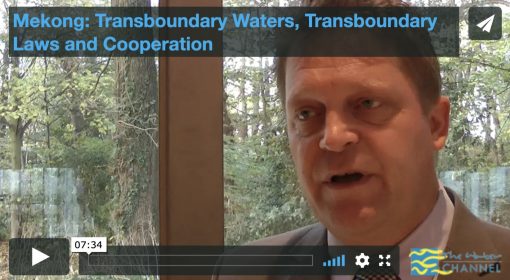The Mekong Delta in Vietnam, is the most downstream part of the Mekong River Basin. It has a total area of âÃã40,548 square km and makes up 5% of the entire basin. There are 12 provinces and one major city with a total population of over 17 million in 2011.
The flood period lasts from the end of May and continue for up to 6 months. Its a natural phenomenon here so people is learning how to get profit from it by fishing using velvet nets, which are kept on the bottom for 15 to 20 minutes and then lifted; catching yellow snail, planting aquatic vegetables or teaching the children how to swim.
The inundations are not always an “enemy” by farmers: They have to prepare the boat and vest for transportation and fishing during the flood season but they catch rats to kill insects in the rice field, use short rice varieties to ensure their harvesting before flood season, they add groundwater storage and they also reduce salinity intrusion.
Many of the inhabitant’s houses are built on stilts with the river flowing below and it is used for bathing or cloth washing. But the waste from industrial and human activity along its banks finds its way into the river too. Issues such as flooding are clearly important as they relate to the natural environment, flow maintenance, economic well being and living standards.
This video shows the multibeneficial impacts of floods in the Mekong Delta: fishgrounds, snail harvesting, flooting and agriculture. Vietnamese people talk about how their experiences living with floods but cooperation and mutual assistance is always needed it for the safety of these local people.
More info: Spate Irrigation Network
Produced by: Duong Van Ni (CTU), Pham Duy Tien (AGU)
Year: 2013
Language: Vietnamese
Region: Vietnam
